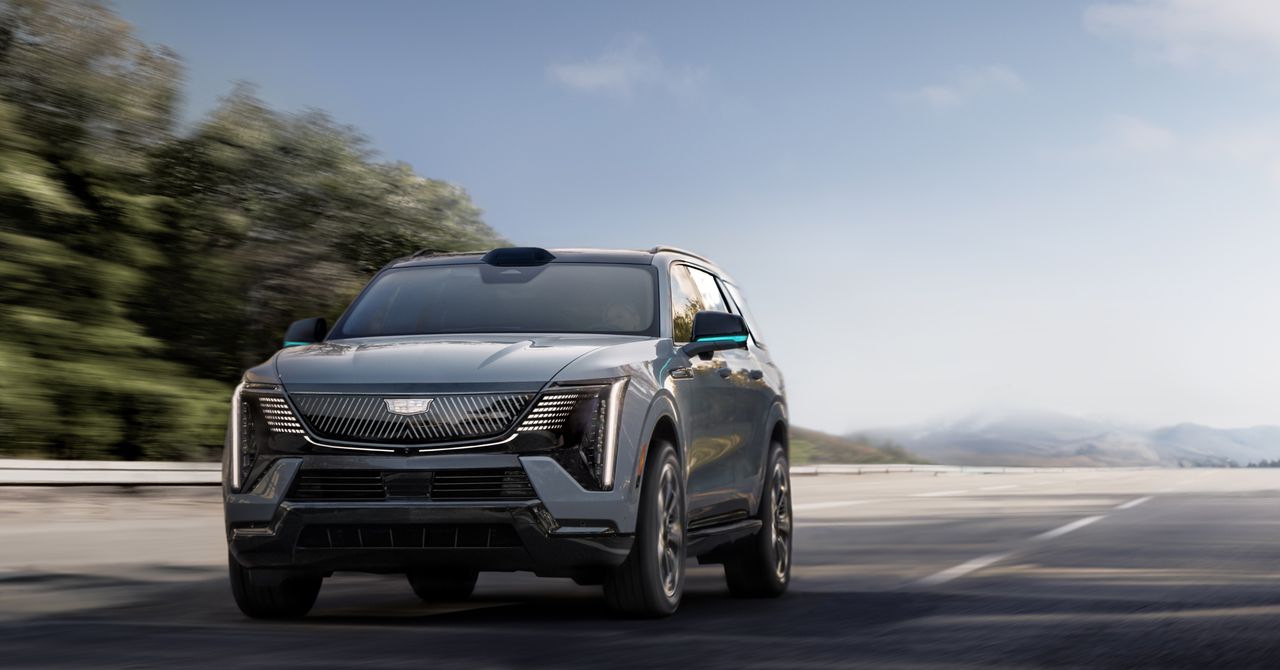General Motors is launching another salvo in the self-driving wars.
In 2028, the automaker announced today, it will roll out what it’s calling an “eyes-off” driving system on the electric Cadillac Escalade IQ. In practice, this means a driver navigating approved, mapped highways will be able to do basically anything they want behind the wheel. Snack, answer emails, catch up with their shows, turn around to yell at the kids in the back. Even sleep, maybe—provided that they wake up by the time they’ve reached the exit ramp. (If they don’t, the car will find a safe place to pull over, GM says.)
The new system marks a collaboration between the team responsible for General Motors‘ eight-year-old Super Cruise, an advanced driver-assistance system that the automaker today described as “hands-free” on some highways, and Cruise, a robotaxi subsidiary that once competed with Waymo before GM cut off its funding in 2024. It could also put the Detroit automaker in contention with other automakers—Toyota and Tesla among them—who are trying to bring some version of self-driving systems to drivers’ personally owned cars.
Unlike Tesla’s Full Self-Driving (Supervised) system, which depends on cameras alone to make decisions, GM’s new “eyes-off” feature will use lidar, radar, and cameras. It will make it clear when the driver is expected to pay attention again through a mix of haptic, audible, and visual alerts, says Sterling Anderson, the executive vice president of global product and chief product officer at GM. (He was a cofounder of the self-driving trucking firm Aurora, and played a key role in building Tesla’s Autopilot driver assistance system.) “If the last couple of decades have taught us anything, it’s that you can’t expect an inattentive driver to be prepared to take over at a moment’s notice. You simply can’t,” he says.
The “eyes-off” system announcement was one of a suite of AI-adjacent revelations from GM on Wednesday, the latest sign that automakers are poised to compete on who can best fit the buzzy tech onto wheels. Next year, GM says, its vehicles will come with a Google Gemini chatbot integration that should be able to help drivers more naturally request that their car help them, for example, navigate to a coffee shop near work. At some point in the future, GM says, it will introduce a custom-built AI that will retain drivers’ personal preferences—their favorite driving music, temperature, or mirror position, perhaps—and might, for example, warn them when their car needs maintenance. All this will be enabled by a new centralized computing platform, also debuting in 2028.





Comment ×